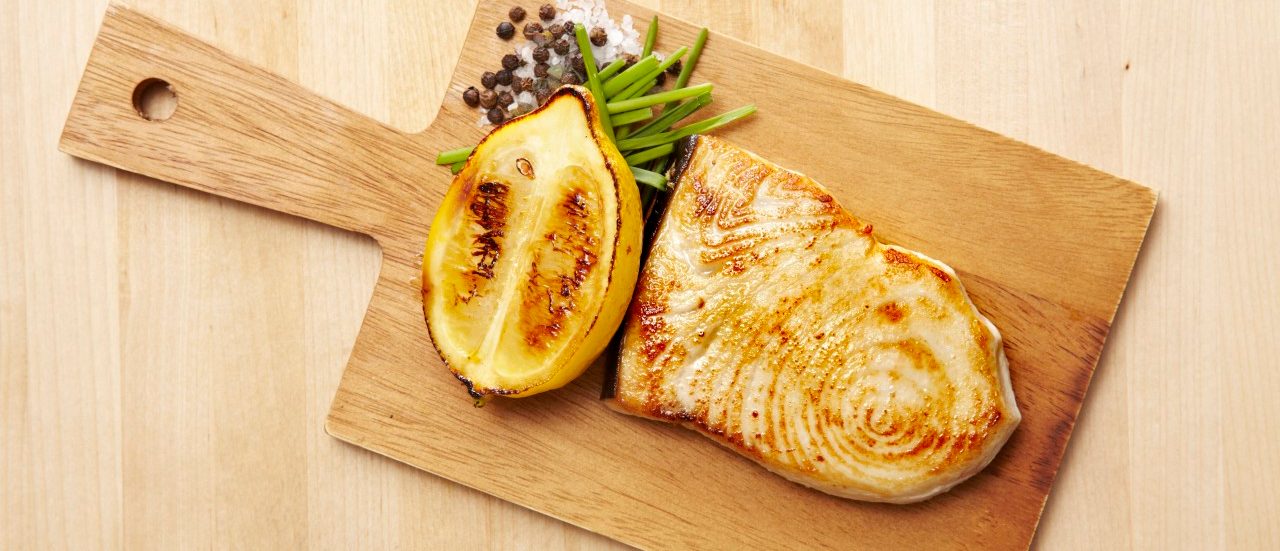Gastroesophageal Reflux Disease Diet

If you suffer from heartburn or a sour taste in your mouth, you may need to adopt a gastroesophageal reflux disease diet to minimize your symptoms of GERD.
Heartburn too often follows meals for many people. When you have GERD, or gastroesophageal reflux disease, a severe, chronic heartburn, your doctor may propose changes to your diet.
YOU MIGHT ALSO LIKE: Gastroesophageal Reflux Disease Symptoms
The gastroesophageal reflux disease diet
Some foods aggravate symptoms, so you’d avoid them in a gastroesophageal reflux disease diet. There are good substitutions for the foods that trigger GERD, and they tend to be healthier choices for other reasons.
Think of it this way: Your discomfort is doing you a favor, steering you to better habits. For example, if you’re overweight, it gives you more motivation to drop some pounds.
The best approach is to learn the general guidelines in a gastroesophageal reflux disease diet and then see what is true for you. You might keep a food and symptom diary for five days or more, to see what causes heartburn and what doesn’t.
Many foods seem to relax the lower esophageal sphincter, the ring of muscle that separates your stomach from your esophagus, worsening GERD symptoms. Normally that muscle closes on cue, to prevent food in your stomach from moving up. If it relaxes, your stomach contents end up in the wrong place, giving you heartburn.
Foods that trigger gastroesophageal reflux symptoms
High-fat foods, alcohol, chocolate, and peppermint have that effect. In people with GERD, the muscle is weakened or damaged.
Other foods trigger your stomach to produce more acid, which then can irritate the damaged lining of your esophagus.
Foods that trigger acid include tomatoes and citrus fruits and juices. Carbonated beverages increase acidity and put pressure on your stomach, which might push stomach acid upwards. High-fat dairy and fatty meat may also be a problem for you.
Because chocolate has both high fat and caffeine, it may be a key trigger for your symptoms. If you learn to associate it with the unpleasant feeling of heartburn, resisting chocolate may not be as hard as it sounds.
Foods that might relieve gastroesophageal reflux symptoms
Other foods are good for you because they help reduce stomach acid.
Top of the list are vegetables, prepared without a lot of added fat and sugar. Try:
- Green beans
- Broccoli
- Asparagus
- Cauliflower
- Leafy greens
- Cucumbers
Potatoes are fine, if you eat a baked potato rather than mashed or French fries.
Ginger is a stomach soother. You can try ginger tea or add ginger root to recipes or smoothies.
Oatmeal can absorb acid. Try it with bananas, apples, or pears, which are less likely to trigger symptoms than citrus fruits.
Skip processed meat. Instead, get your protein from lean meats, tofu, fish, and egg whites. Egg yolks might trigger symptoms, but see whether that is true for you.
To enjoy milk, try low-fat, or fat-free milk and related products. Or try nondairy nut milk options. Eat plain bread rather than baked goods with extra fat, such as sweet rolls and doughnuts.
Eating strategies for GERD
You also may benefit from changing your eating patterns. Try these five strategies:
- Eat smaller, more frequent meals. That may reduce pressure on your stomach.
- Slow down. If you take smaller bites and chew, you’re less likely to overdo it.
- Don’t eat before bedtime. You want to stay upright for two to three hours after eating. Gravity will help keep your stomach contents from flowing upward.
- Eat only when you’re hungry.
- Avoid tight clothing or belts around your waist.
Updated:
June 29, 2023
Reviewed By:
Janet O’Dell, RN